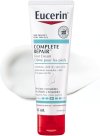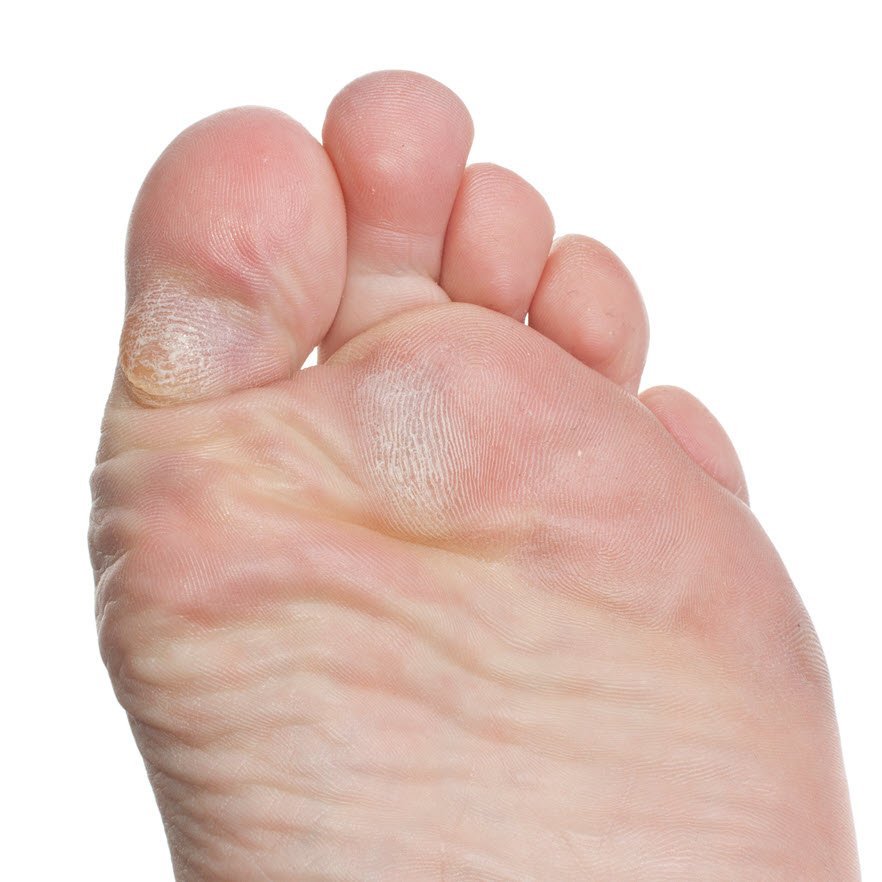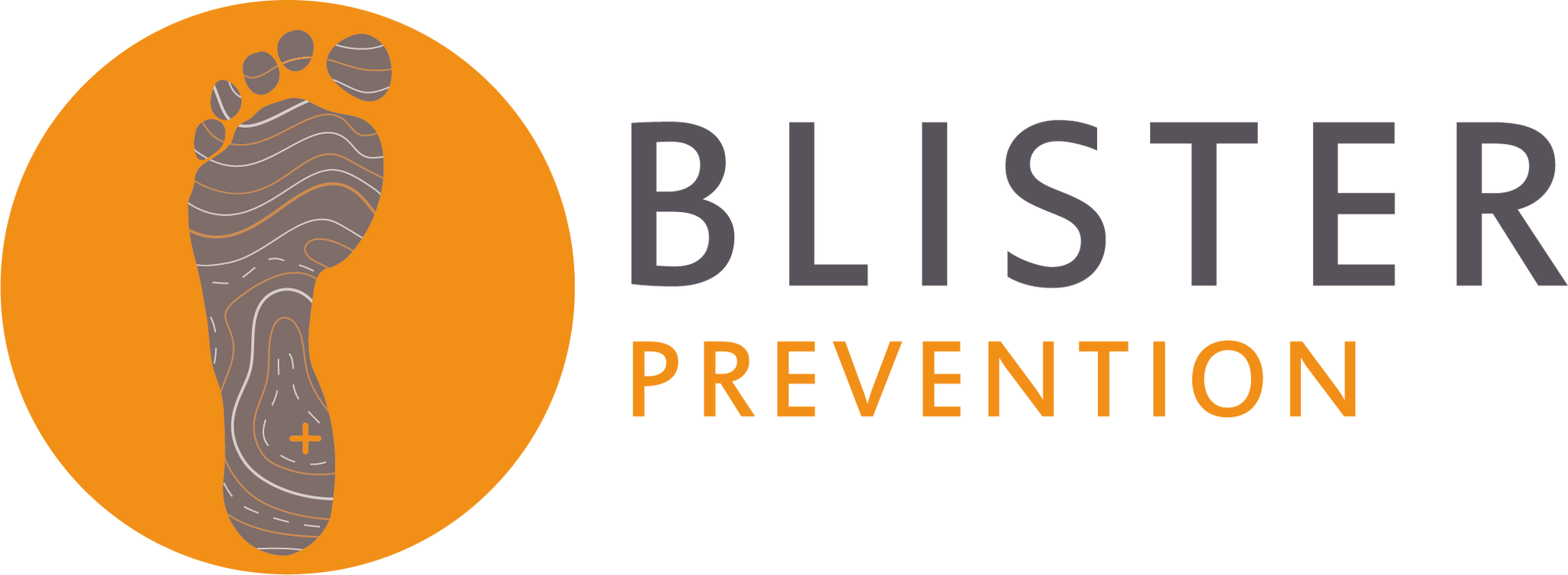HBS60
Active Member
- Time of past OR future Camino
- August 2024 (planned)
As I’m trying to prepare for my first Camino in August, I’m trying to identify possible issues I might need to resolve before I start my walk.
I have big calluses on the outer side of my big toes. They never bothered me, but I’m concerned they may be an issue if I try to walk 500 miles. I tried doing a search here and I wasnt’ aware that sometimes a blister can form under or next to a callus, but apparently some feel that they can have a protective effect.
While the calluses don’t bother me, I do feel them when walking in my new Hokas. I saw a podiatrist (first time ever) for an unrelated problem (pain on the Right foot arch), she did point out the callus and shaved a little of it.
I’ve been looking at over the counter callus remedies, usually having Salicylic acid, but I’m hesitant to try anything chemical. I’ve seen an assortment of cushions, bandages, etc for corns and calluses, but before I try any of this, I thought I’d ask experienced, seasoned walkers for their input.
Also, I never thought I would ever ask this, but would a pedicure help me in any way? Being that I’m an older, old-fashioned guy, the thought of having my feet tended to never entered my mind, but I really don’t know what’s involved besides pampering the feet, and having my toenails painted is not my cup of tea (not that there’s anything wrong with that). Being that I have 6 months to my trip, I want to start taking care of them properly.
Thanks for any input about this somewhat embarrassing topic!
I have big calluses on the outer side of my big toes. They never bothered me, but I’m concerned they may be an issue if I try to walk 500 miles. I tried doing a search here and I wasnt’ aware that sometimes a blister can form under or next to a callus, but apparently some feel that they can have a protective effect.
While the calluses don’t bother me, I do feel them when walking in my new Hokas. I saw a podiatrist (first time ever) for an unrelated problem (pain on the Right foot arch), she did point out the callus and shaved a little of it.
I’ve been looking at over the counter callus remedies, usually having Salicylic acid, but I’m hesitant to try anything chemical. I’ve seen an assortment of cushions, bandages, etc for corns and calluses, but before I try any of this, I thought I’d ask experienced, seasoned walkers for their input.
Also, I never thought I would ever ask this, but would a pedicure help me in any way? Being that I’m an older, old-fashioned guy, the thought of having my feet tended to never entered my mind, but I really don’t know what’s involved besides pampering the feet, and having my toenails painted is not my cup of tea (not that there’s anything wrong with that). Being that I have 6 months to my trip, I want to start taking care of them properly.
Thanks for any input about this somewhat embarrassing topic!



























